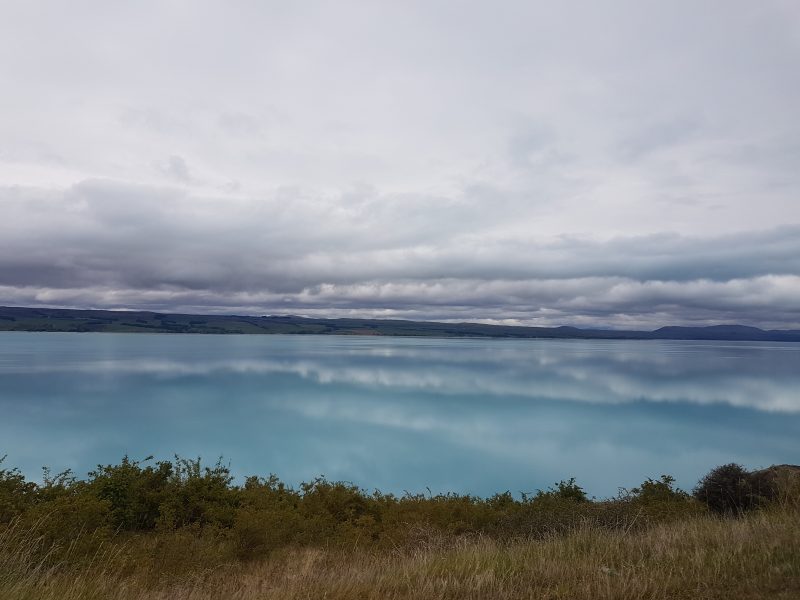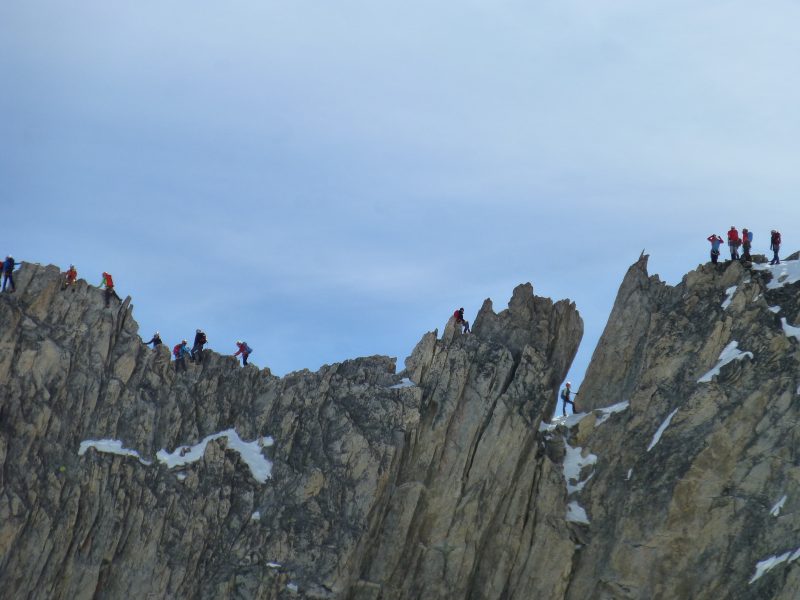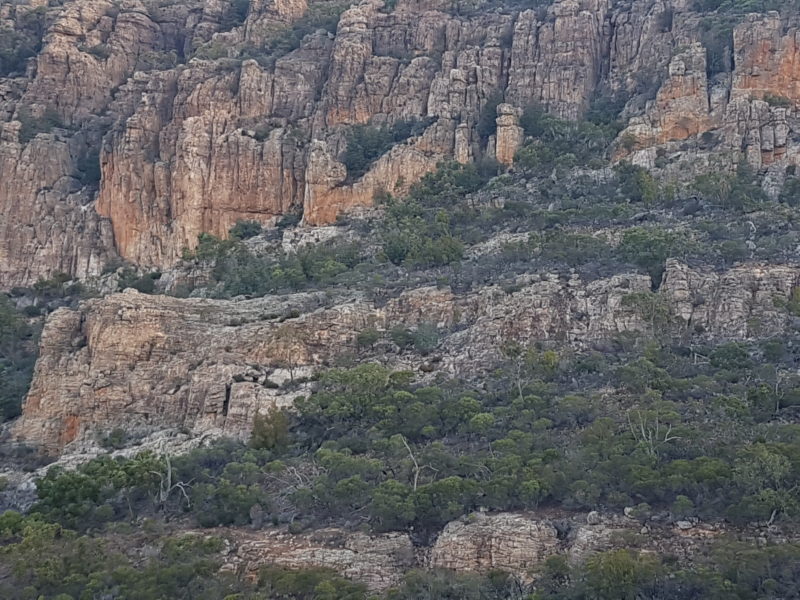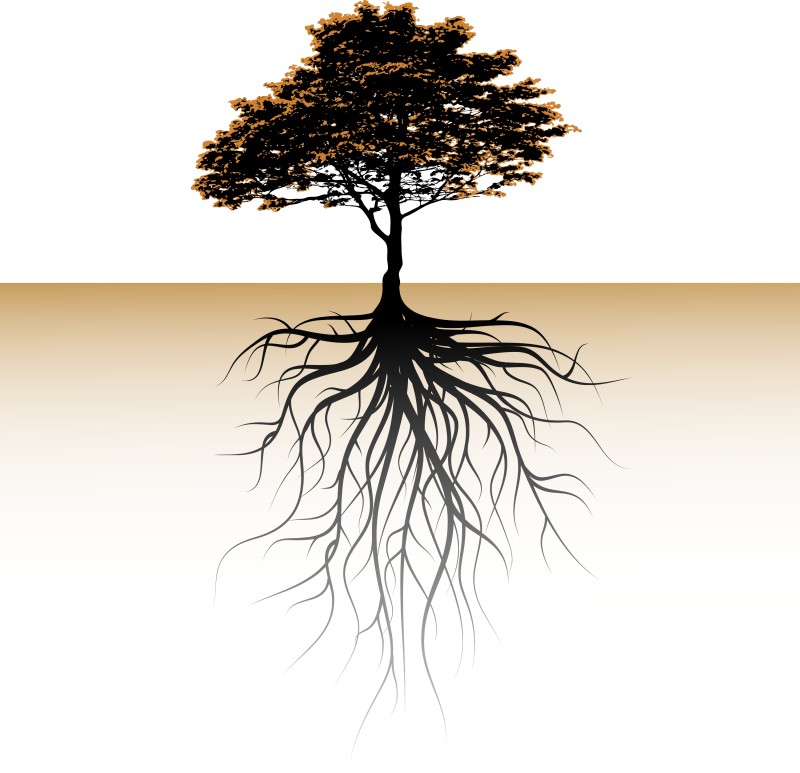It’s Friday, I’m going away on a trip I have organised with friends. I find myself chasing my tail once again by attempting to interleave work, preparation and packing into an ever-reducing amount of time. By 3pm I’m exhausted. It’s not a good way to begin.
Here’s a question I ask myself: How would I live if I believed I had all the time I need?
This idea runs counter to so much advice in the blogosphere: live today as if you will die tomorrow, get up at 5am and get your day in order, don’t try to ‘make time’ just reprioritise. There are merits to these approaches and many find them useful. However, there is a profound limitation embedded within them.
They all speak of a concept of time as a scarce commodity in a way that can easily throw us into heightened levels of stress and anxiety: ‘how will I meet the project deadline? I will skip my morning run or finish this on the weekend.’ Or more insidiously ‘most people my age have achieved so much more”.
It’s easy to forget that our understanding of time is a human-made construct. There are the largescale times of the seasons based on the tilt and orbit of the earth. However the minute hand did not appear on clocks till the late 17th century and most villages in Europe lived by the toll of the church bell till not much more than 100 years ago.[1]
It is our beliefs about how and why we pack our lives with so many things and chase ever increasing rates of productivity which feed straight into our living in a perpetual state of urgency and heightened alertness which is bad for our health and our soul.[2]
Time is much more malleable and spacious than most of us are taught to think.
Physicists understand that our experience of time changes according to our relationship to the environment around us: that time and space exist in relationship to each other. This is evidenced in many experiments,[3] the most famous being the Hafele-Keating experiment. Atomic clocks in aircraft flying opposite ways around the world will register different times from each other afterwards, albeit a few nanoseconds.
All of us have personal experiences of how time stretches and condenses. Time flies when you’re having fun….
A friend recently told me of a fall he took climbing. I don’t think he would describe it as fun being in freefall for about 1.5 seconds before the rope caught him. However he was astounded by how much thinking and observation he did in that time. He decided to write down everything he could remember of that and quickly filled three A4 pages.
The case I am building here is that our experience of time is variable rather than fixed. Further, we have the power to adjust the story we tell about time in a way that shapes not just our experience of time, but our entire lives.
While we cannot ‘make time’ we can create space around our lived experience which is timely, calm, reflective and moves us in a direction we choose.
The Ancient Greeks understood this, making a distinction between Khronos (what time is it?) and Kairos (what is it time for?)
Here’s a recent and practical example of what I mean. A New Zealand firm that let its employees work four days a week while being paid for five says the experiment was so successful it hopes to make the change permanent.[4]
The change actually increased what its 240 employees achieved in a week. At the same time, stress levels decreased significantly as people were able to attend to life outside work. People’s sense of empowerment and wellbeing at work improved significantly. All because of a change in perspective from time being scarce to being sufficient or even abundant.
How do we bring this spaciousness and abundance into our own lives? In my experience we begin at the micro level through paying attention to our thoughts about each moment.
Mihaly Csikszentmihalyi opened our understanding of how our specific mental state relates to our performance or being ‘in the zone’[5] The Zone is largely understood to be the point at which the size of the challenge and the level of our skill are matched. It engages our total focus as our perception of time fades and our sense of reward is heightened. Think of athletes moving apparently effortlessly or artists totally absorbed in their creation.
In his model the difference between feeling in flow or feeling anxious depends on whether we have the necessary skill to meet the degree of challenge.[6] I find an insight here. The difference between feeling in flow or feeling anxious can be less about an objective measure of my skill and more about my perception of that skill. It’s about the story I am telling myself about my capability. To paraphrase Henry Ford “whether you think you can or think you can’t, you’re right”.
So how does this relate to time? I was privileged to take part in a sailing world championship recently with two friends. There are moments in racing when I have a handful of seconds to execute specific tasks with precision in dynamic circumstances. I’ve had enough butter-fingers moments to make me nervous about “getting it wrong again”. Having this story in my head as we approach the top mark sets up my body for tension, anxiety and a fumbling performance. I decided to try a different technique. Approaching the top mark, I repeated “I have all the time I need”. I wasn’t promising myself more time, simply that the time I had was enough. My anxiety dropped, my mind focused and as I paid attention to what I was doing, things happened more smoothly and consistently. My friends can still tell you of butter-finger moments. However, they were fewer, more quickly resolved and, just as importantly, I was less stressed by them and better able to transition mentally to the next task/challenge.
By using this mantra, I interrupted my patterns of anxious rushing and become more aware, thoughtful and present.
This isn’t just about the individual. There’s an alchemy in groups when we all use this mantra. I remember an important conversation in March with 11 people, all united in the need to address sensitive matters and restricted to one hour. We decided to trust that we had all the time we needed. Rather than measure the moments, allotting so many minutes to each person, we committed to listen to each other deeply and let the conversation flow. We trusted that things would unfold in the best way if we aimed to be in flow – matching our skill of attending with the challenge of ensuring people felt fully heard . The results were profound insight and a powerful sense of connection with each other. We finished with a minute to spare.
When we allow time to be spacious our experiences do become more profound. Real work gets done and relationships are strengthened.
Further, when we consistently pay attention to the present moment, the micro, we also change the macro – the whole arc and experience of our lives.
The only moment we can ever influence in our lives is this moment….and the next….and the next. My capacity to live life well therefore rests in being as alive and present as I can be moment to moment.. If I am lost in anxiety about the future or regrets about the past, I squander the present. With all my senses and awareness present and with all the gifts and love I have to share, I can shape my life and positively affect the lives of those around me.
It’s a skill to practice. The more I practice the better I become – as listener, friend, partner and actor in this world.
I hesitate to share this last bit as, in my culture, it is so private and so little discussed. Yet it sits at the heart of my experiences of the last year and at the heart of what I write now.
On November 8 2017 my father died, not before his time, but very quickly, without warning and alone. And this is indeed the heart of it all. As mortals we know there is a final moment in our lives: a conclusion to the innumerable moments we have lived and the moment when I most hope we can be present to the fullness of what it means to be human.
I had observed my father during his final year become ever more alive to the joy of living: walking in the woods, taking time for conversations with people (he would strike up a conversation with anyone). He also became more and more clear about his beliefs and the importance of attending to the needs of the young through how our nations and world are governed. He was deeply thoughtful about what makes a society good and just.
He had become practised in the art of being present and alive. It shaped his life moment by moment to the very end. He was a joy to be with.
I choose to follow his example – clumsily at times, but with a sincere intent. I know I am choosing to make space for clear thinking, creativity, open-heartedness and the gifts of family and friendship. I will keep practising this mantra. No matter how tight the deadline, how great the pressure, I have all the time I need.
[1] https://en.wikipedia.org/wiki/History_of_timekeeping_devices#Pendulum_clock
[2] https://www.health.harvard.edu/staying-healthy/anxiety_and_physical_illness
[3] https://en.wikipedia.org/wiki/Hafele%E2%80%93Keating_experiment
[4] https://www.theguardian.com/world/2018/jul/19/work-less-get-more-new-zealand-firms-four-day-week-an-unmitigated-success
[5] https://en.wikipedia.org/wiki/Mihaly_Csikszentmihalyi
[6] https://en.wikipedia.org/wiki/Flow_(psychology)










Recent Comments